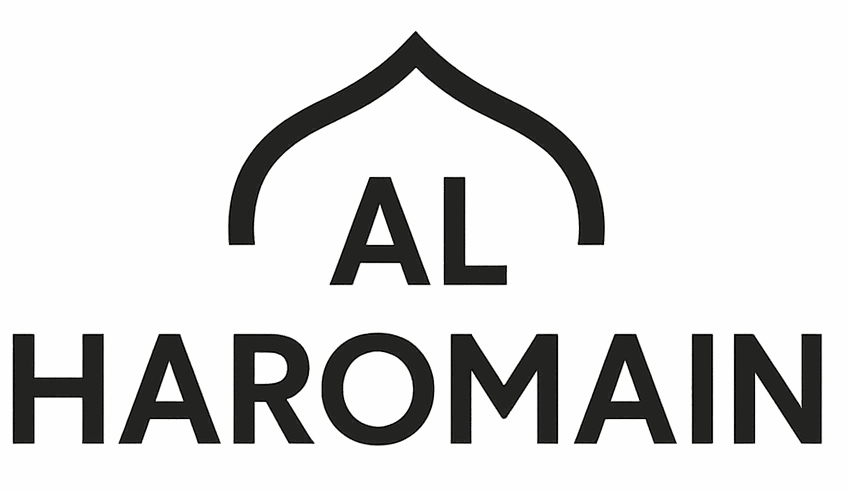When it comes to ensuring the safety and reliability of pressure vessels in industries such as oil, gas, and petrochemicals, adhering to strict inspection standards is crucial. Among these, API 510 stands out as one of the most recognized standards, providing guidelines for the inspection, repair, and alteration of pressure vessels. This comprehensive overview delves into what API 510 entails, its importance, and how training programs play a pivotal role in its implementation.
What is API 510?
The API 510 Pressure Vessel Inspection Code is a set of standards developed by the American Petroleum Institute (API). It is designed to regulate the inspection, repair, and alteration of pressure vessels used in industries where safety and performance are paramount. The primary goal of the API 510 standard is to prevent accidents, minimize downtime, and ensure compliance with safety regulations.
Pressure vessels are critical components in industrial processes, often subjected to high pressure and extreme temperatures. Regular inspections under API 510 help identify potential issues, such as corrosion, cracks, or material fatigue, that could lead to catastrophic failures.
Key Features of API 510
- Inspection Frequency
API 510 defines specific intervals for pressure vessel inspections based on factors such as the equipment’s service conditions, previous inspection results, and risk assessments. These intervals are designed to maintain the integrity of the equipment while minimizing operational disruptions. - Inspection Methods
The standard outlines various inspection methods, including visual inspection, ultrasonic testing, radiographic testing, and hydrostatic testing. Each method serves to identify different types of defects, ensuring a thorough assessment of the vessel’s condition. - Repair and Alteration Guidelines
API 510 provides detailed procedures for repairing and altering pressure vessels, ensuring that these activities are performed safely and effectively. Adhering to these guidelines is essential to maintaining compliance and ensuring the longevity of the equipment. - Qualification of Inspectors
One of the core aspects of API 510 is the qualification and certification of inspectors. Professionals must undergo API 510 training and pass a rigorous examination to obtain certification. This ensures that only highly skilled individuals are responsible for evaluating pressure vessels.
Why is API 510 Important?
API 510 is vital for industries relying on pressure vessels for several reasons:
- Safety Assurance: By adhering to the standards, companies can significantly reduce the risk of accidents caused by pressure vessel failures.
- Regulatory Compliance: Many jurisdictions mandate compliance with API 510 to meet legal and environmental requirements.
- Operational Efficiency: Regular inspections help identify potential issues early, preventing costly downtime and unplanned maintenance.
- Prolonged Equipment Life: Following the API 510 standards ensures that pressure vessels remain in optimal condition, extending their operational lifespan.
The Role of API 510 Training
Proper API 510 training is essential for professionals responsible for inspecting and maintaining pressure vessels. The training equips individuals with the knowledge and skills needed to understand the code’s requirements, perform accurate inspections, and implement necessary repairs.
During API 510 training, participants learn about:
- The technical aspects of pressure vessel design and construction.
- Inspection techniques and tools.
- Evaluation of inspection results.
- Repair and alteration procedures outlined in the standard.
Certification obtained after successful training not only demonstrates a professional’s competency but also instills confidence in employers and clients about the quality and reliability of their work.
API 510 in Practice
Industries that adopt API 510 standards benefit from enhanced safety and operational performance. For instance, in the petrochemical sector, where pressure vessels are exposed to corrosive substances and extreme conditions, adhering to these standards can mean the difference between seamless operations and costly disruptions.
Furthermore, the API 510 certification process fosters a culture of excellence among inspectors, ensuring that they remain up-to-date with the latest industry practices and technologies.
Challenges in Implementing API 510
While API 510 provides a robust framework, its implementation is not without challenges:
- Resource Allocation: Conducting frequent inspections and repairs requires significant investment in time and resources.
- Skilled Workforce: Ensuring that inspectors are adequately trained and certified can be a logistical and financial challenge for some organizations.
- Adherence to Schedule: Maintaining a consistent inspection schedule requires meticulous planning and coordination across teams.
Despite these challenges, the benefits of implementing API 510 far outweigh the drawbacks, making it an indispensable standard for industries reliant on pressure vessels.
The API 510 Inspection Code is a cornerstone of industrial safety and reliability, offering comprehensive guidelines for the maintenance of pressure vessels. By ensuring regular inspections, qualified personnel, and adherence to repair protocols, companies can mitigate risks, enhance efficiency, and comply with regulatory requirements.
Investing in API 510 training is equally critical, as it empowers inspectors to perform their roles with precision and expertise. For industries committed to maintaining the highest standards of safety and performance, API 510 is not just a recommendation—it is a necessity.
